
S. Sundara Rajan

31 books

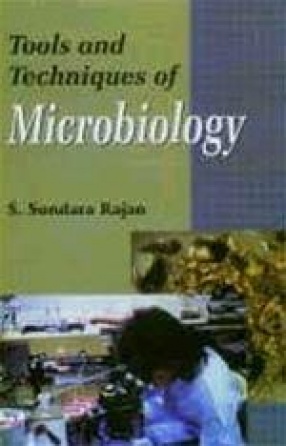
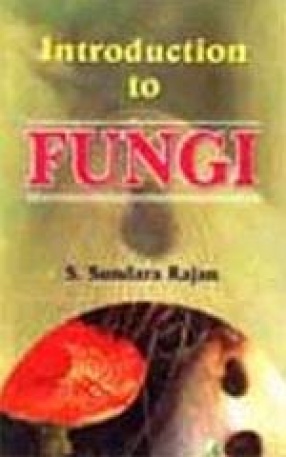
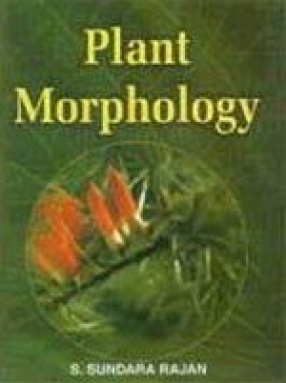

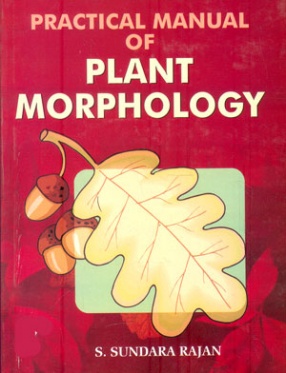
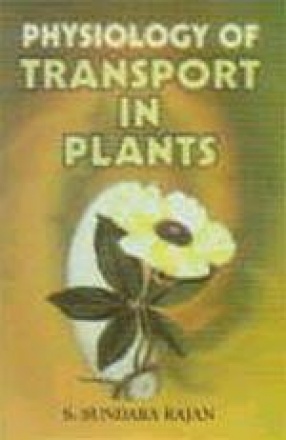

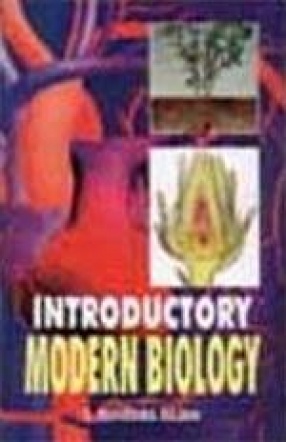
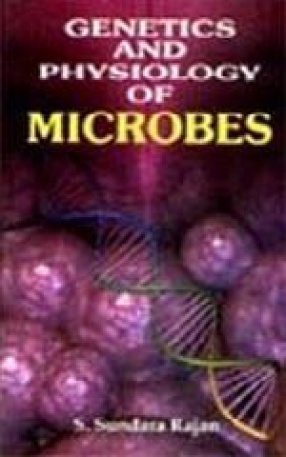
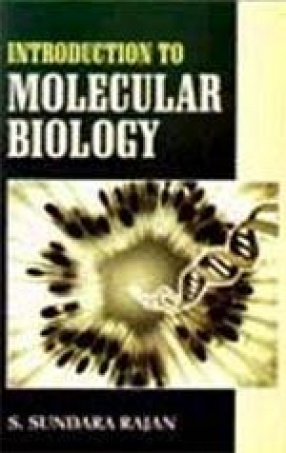
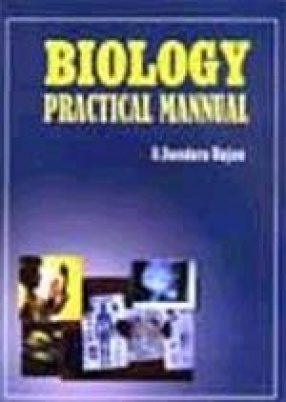


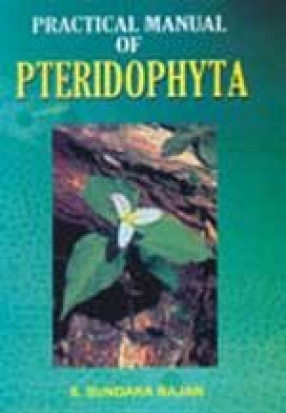
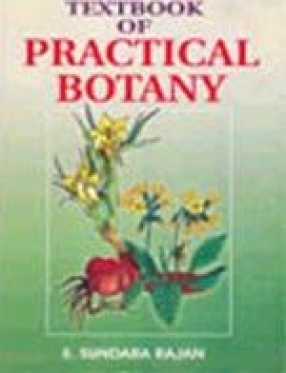

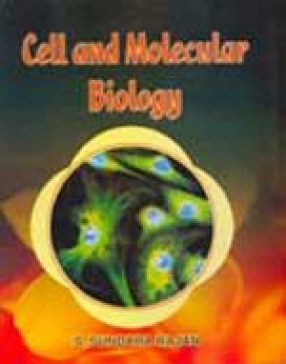
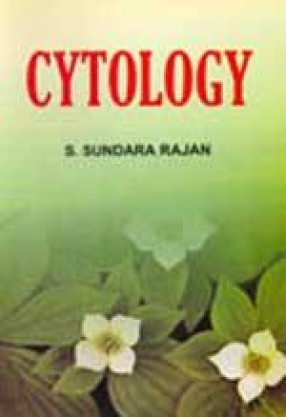
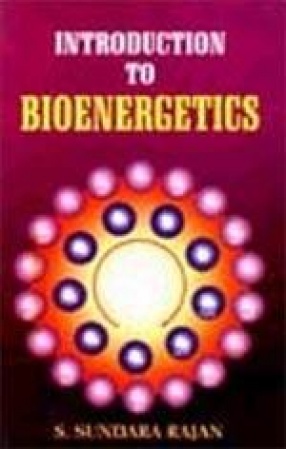

Modern Practical Botany (in 3 volumes) is an outstanding work, authored by a seasoned teacher, volume one is devoted to practical aspects of algae, fungi, bacteria, lichens, viruses and boyophytes. Volume second covers pteridophytes, gymnosperms, anatomy and embryology of angiosperms. While in the volume three taxonomy, economic botany, plant physiology, ecology and cytology are dealt in elaborately.

Study material for students are of two types—textbooks and practical manuals. While text books deal with all the theoretical aspects, practical manuals help the students by explaining the schedule of practical study without going into details of concepts. There is a third category of books which combines the best of both theoretical aspects and practical methodology. Tools and Techniques of Microbiology is a book belonging to this category. The ...

Fungi constitute an important group of cryptogams whose study is essential for all the students of Botany. Fungi constitute an integral part of the biological spectrum having far reaching influence on other components of environment. From the point of human beings fungi are both friends as well as foes. In the evolutionary hierarchy of plants, fungi occupy a pivotal position as they pave the path for structural and functional adaptations of plants at the basic ...

Plant morphology Vol. I deals with Algae, Fungi and Bryophytes, while Vol. II deals with Pteriophytes, Gymnosperms and Morphology of Angiosperms. The text material in both volumes is profusely illustrated and is written in a simple and straight language. Both the volumes contain uptodate information on the subject matter.

Practical Manual of Algae aims to provide the students all they need to know about requirements in the botany laboratory that a student should know. The working of compound microscope, the most important tool in the laboratory is explained in great detail in the introduction, along with various procedures of study such as section cutting, staining, mounting etc. Chapters 2 and 3 give classification of plant kingdom and general characters of algae. Chapters 4-9 ...

Practical Manual of Plant Morphology aims to provide the students, a useful hand book to guide them in the proper study of the subject material. Theoretical details are kept at minimum and more emphasis is laid on understanding the structural details to enable the students a proper identification. A large number of properly labeled original diagrams are incorporated in the book as they are integral to the understanding of the subject. Utmost care is taken in the ...

Plants are unique among living beings as they are capable of producing enough food materials not only for themselves but for other organisms also. They remain in situ, absorb the necessary raw materials from soil and manufacture organic substances. The stationary posture of plants however poses a problem for plants as all parts can not absorb inorganic raw materials from soil and also underground parts (being non green) can not prepare food. This necessitates a ...
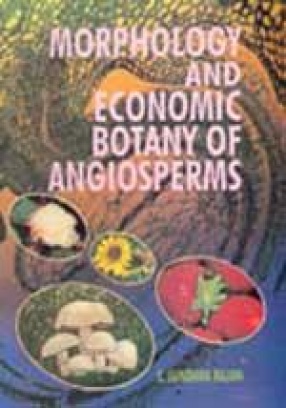
The book consists of two parts Morphology (Part I) and Economic Botany (Part II). Part one consists of eleven chapters and deals with the morphological aspects of vegetative as well as reproductive parts of flowering plants. Part two also has eleven chapters (Chapter 12 to 22) dealing with economic uses of angiosperms. Chapter 22 gives an account of Glossary of Technical Terms which the students should find to be of great help particularly in practical ...

Genetics is a branch of Biology that studies all the parameters as to how and in what manner an organism transfers its characters to the offspring. Genetic mechanisms are studied from various stand points such as classical genetics, biochemistry, molecular biology etc.Principles of Molecular Genetics aims to study the genetic phenomena with a molecular approach. Aspects of classical genetics are also given as without them it is impossible to understand the ...

The book is a standard text-cum-reference book for all students of plus two (PUC, CBSE, I.Sc etc.) level. The book is divided into two parts-Botany and Zoology. Botany part has chapters on Genetics Anatomy Physiology and Ecology. There is also a chapter on biotechnology to familiarize the students with the new technique. Ecology includes chapters on environmental problems and conservation to make the students aware of the importance of these in human welfare. The ...

Metabolic patterns of living organisms are based on the underlying genetic machinery. The variety of physiological processes in living organisms both micro and macro has been built on the plasticity and adaptability of their genome. Genetic and Physiology of Microbes primarily deals with the varying mechanisms of metabolic processes and an equally varying array of genetic patterns. The book consisting of 17 chapters gives a detailed outlay of genetic phenomena ...

Just as the physical matter is built up of atoms and molecules, the living matter (which must have had its origin in physical matter) is also built up of molecules. These bio molecules are highly diversified and constitute the micro chemical framework on which life sustains itself. Introduction to molecular biology surveys all activities of living matter within a molecular framework. The present book consists of 16 chapters devoted the study of metabolic as well ...
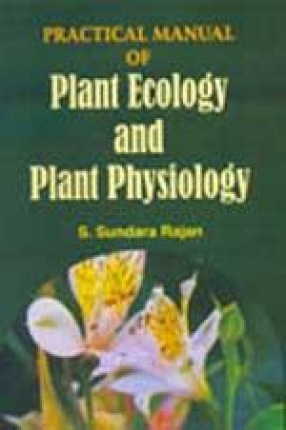
Practical Manual of Plant Ecology and Plant Physiology is a text book meant for B.Sc., B.Sc., (Hons.) and M.Sc. students taking botany as a subject. It is also useful for students of Agriculture and Microbiology. The manual is easy to use and guides the students step by step in conducting experiments in the laboratory. The text material is illustrated with a number of neatly drawn diagrams. The experiments chosen are such that they can be used by students of all ...


Algae constitute and important group of cryptogams whose study is essential for all the students of Botany. They (Algae) constitute an integral past of the flora both in fresh water and marine waters. In the evolutionary hierarchy of plants, algae occupy a pivotal position as they pave the path for structural and functional adaptations of plants at the basic level. A detailed study of algae is a part and parcel of the curriculum for the students of Botany at the ...

Research Trends in modern Botany deals with Anatomical, Embryological and Chemosystematic studies of three tribes of Asteraceae viz., Eupatorieae, Heliantheae and Senecioneae. The book is a compilation of Research work conducted by the author for over three decades and has information collected from his original research publications. The book hasnine chapters of which chapter one gives a general overview of Asteraceae. Chapters 2, 3 and 4 deal ...
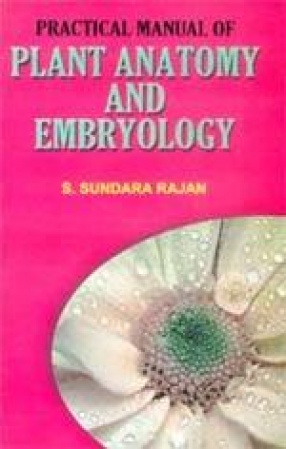
Practical Manual of plant Anatomy and Embryology aims to provide the students all they need to know about the practical aspects such as internal structure, systematic identification and stages of development of reproductive organs of Angiosperms. A number of labeled diagrams included in the text is meant to help the students’ comprehension of the subject. The manual consists of twelve chapters with the first chapter dealing with all the basic requirements in ...

Practical Manual of Pteridophyta aims to provide the students all they need to know about the practical aspects such as morphological character, internal structure if any and systematic identification. A number of labeled diagrams included in the text is meant to help the students' comprehension of the subject. The manual consists of ten chapters with the first chapter dealing with all the basic requirements in the botany laboratory that a student should know. ...
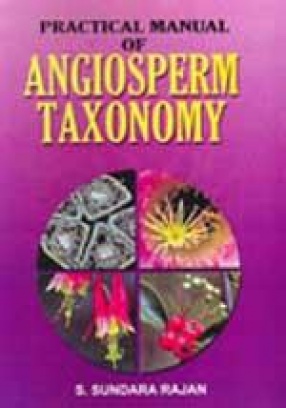
Practical Manual of Angiosperm Taxonomy aims to provide the students all they need to know about the practical aspects such as morphological characters, and systematic identification. A number of labeled diagrams included in the text is meant to help the students' comprehension of the subject. The manual consists of eight chapters with the first chapter dealing with all the basic requirements in the botany laboratory that a student should know. The working ...


Laboratory manuals play an important role in helping the students to properly guide them in- purpose of study, scope of study and details required for a practical study. Practical Manual of Fungi aims to provide the students all they need to know about the practical aspects such as morphological characters, internal structure if any and systematic identification. A number of labeled diagrams included in the text is meant to help the student's comprehension of the ...

Study of cell known as cell biology is one of the most important branches of biology which has wide ranging impact on many fields of human activity such as medicine, pharmacy, agriculture etc. A living cell can be studied either at the gross structural level or at the molecular level. By the application of new methods and tools like electron microscopy, ultra centrifugation etc., quite a number of sub cellular structures have been discovered and studied in ...

Except for viruses, all living beings are cellular-their body being made up of one, two or millions of cells. At the microscopic level the cell has a self contained integrated machinery to sustain itself either singly (Unicellular Organisms) or in groups (Multicellular Organisms). Cytology is a branch of biology that deals with basically the structural aspects of cell components. The understanding of cell and its sub-cellular machinery is basic to the ...

Energy and matter are the building blocks of the universe as we know it. Energy which has been defined as the capacity to do work is the basis of all changes that has occurred over a period of time since the origin of Universe. Introduction to Bioenergetics deals with energy transformation reactions in living systems. The first chapter deals with a general survey of energy, its types, laws of thermodynamics, free energy etc. The remaining 5 chapters analyse the ...
